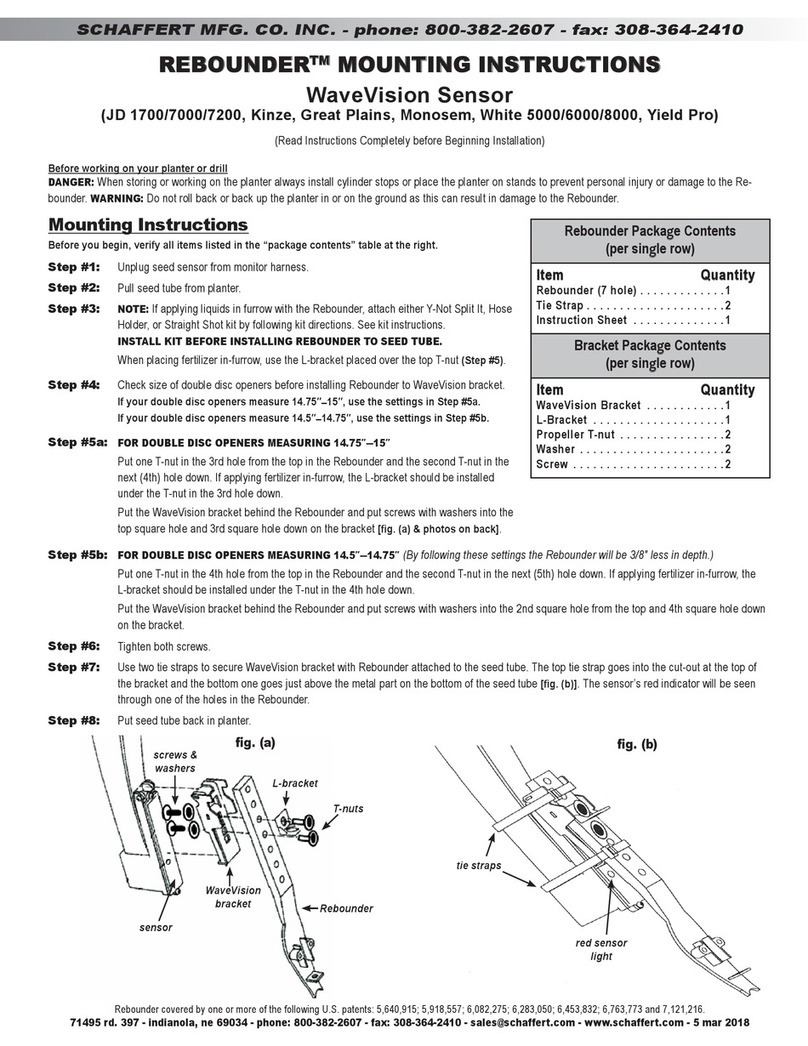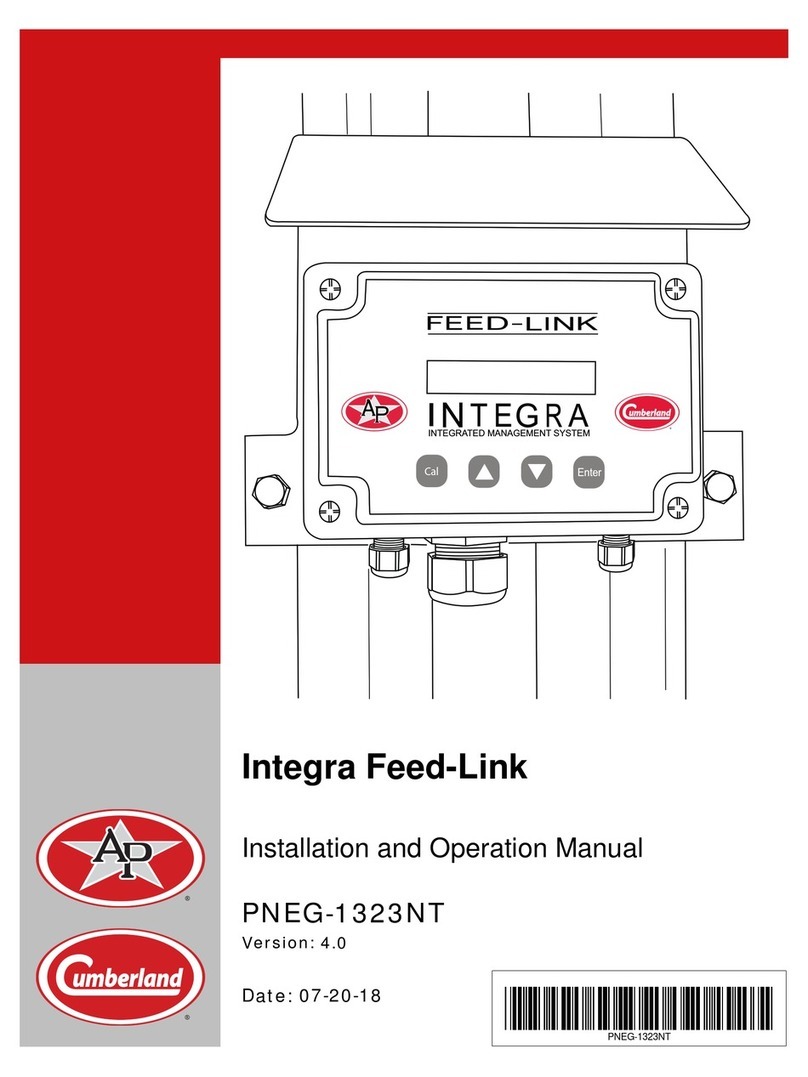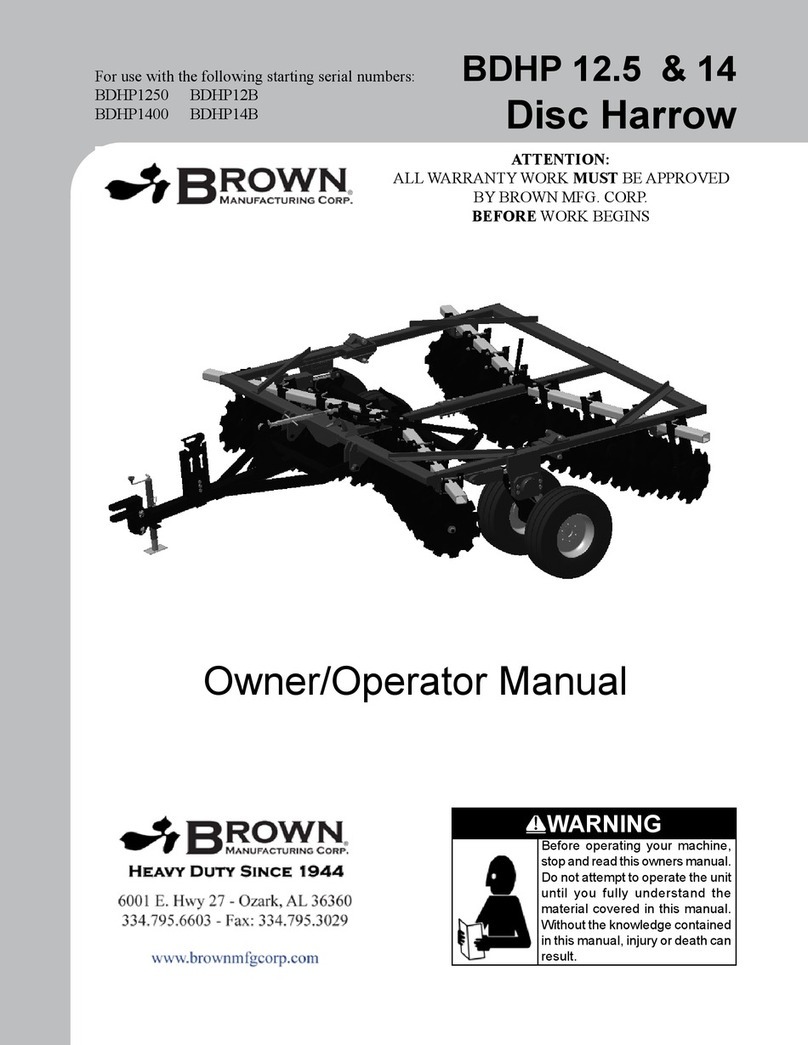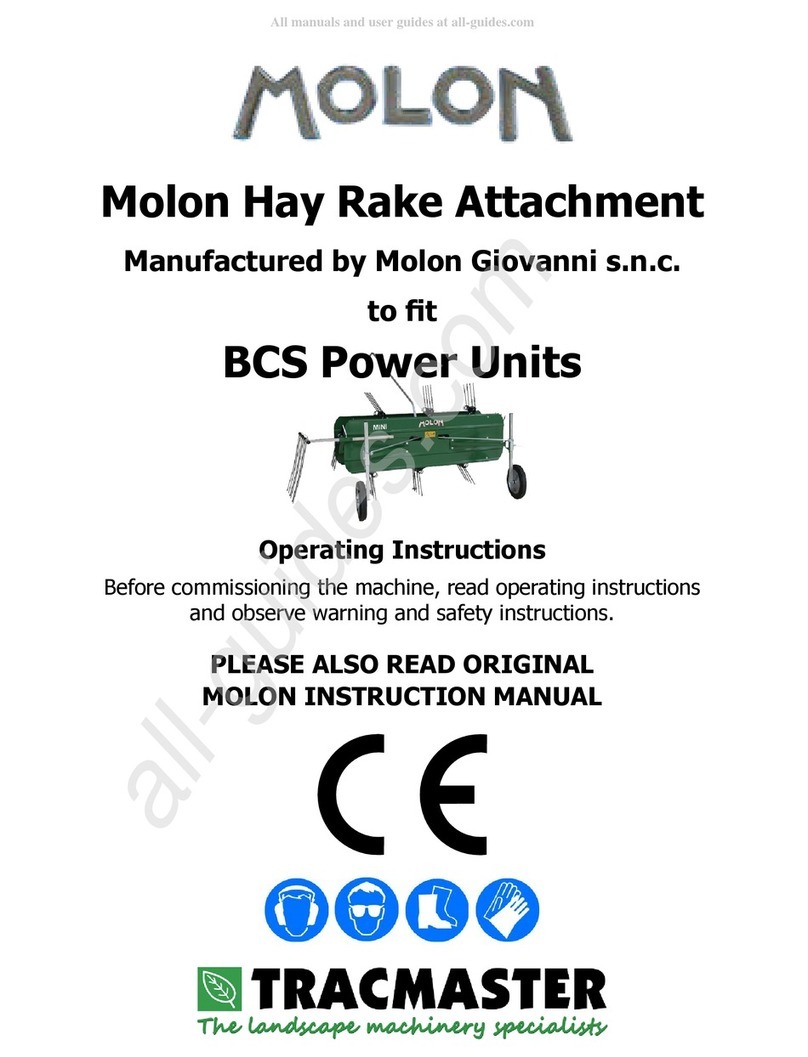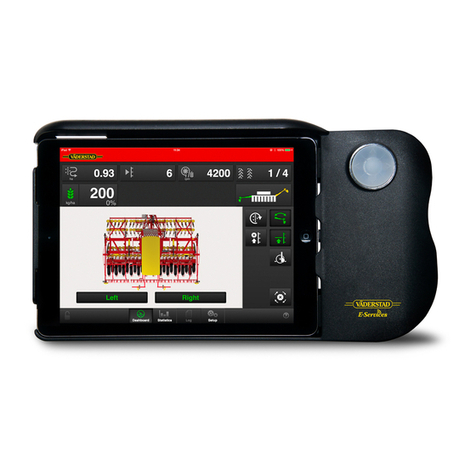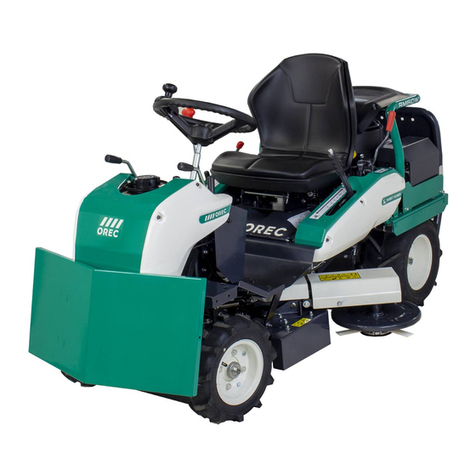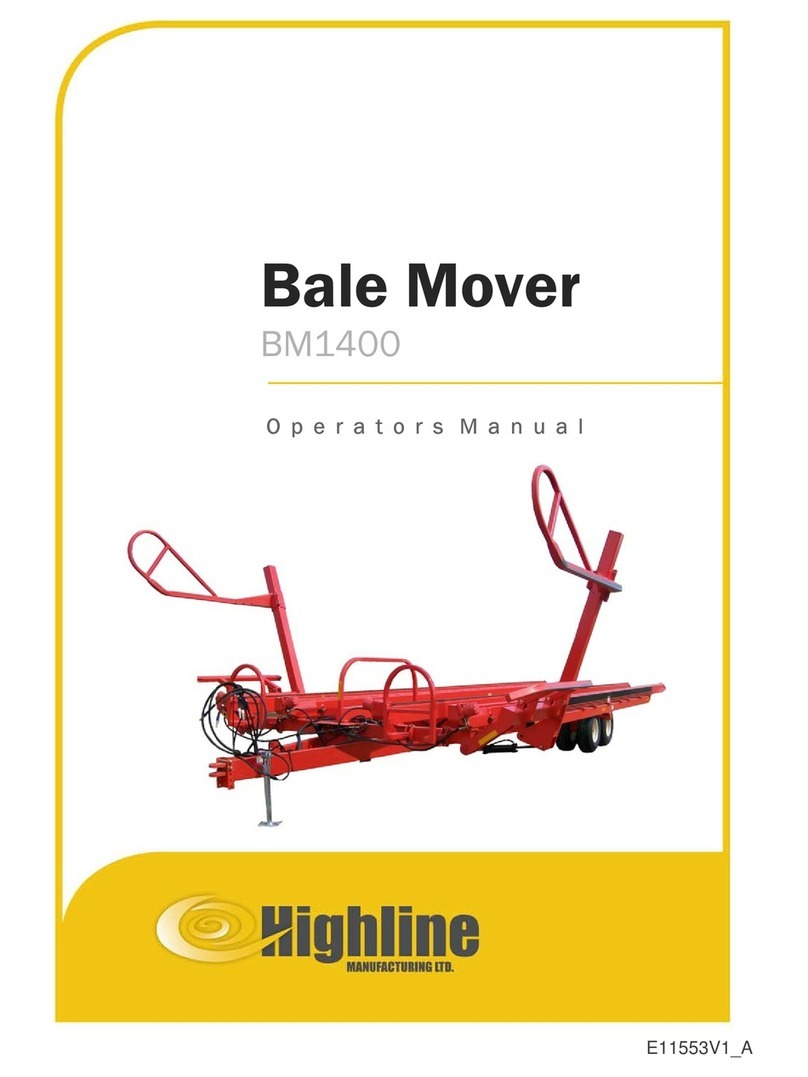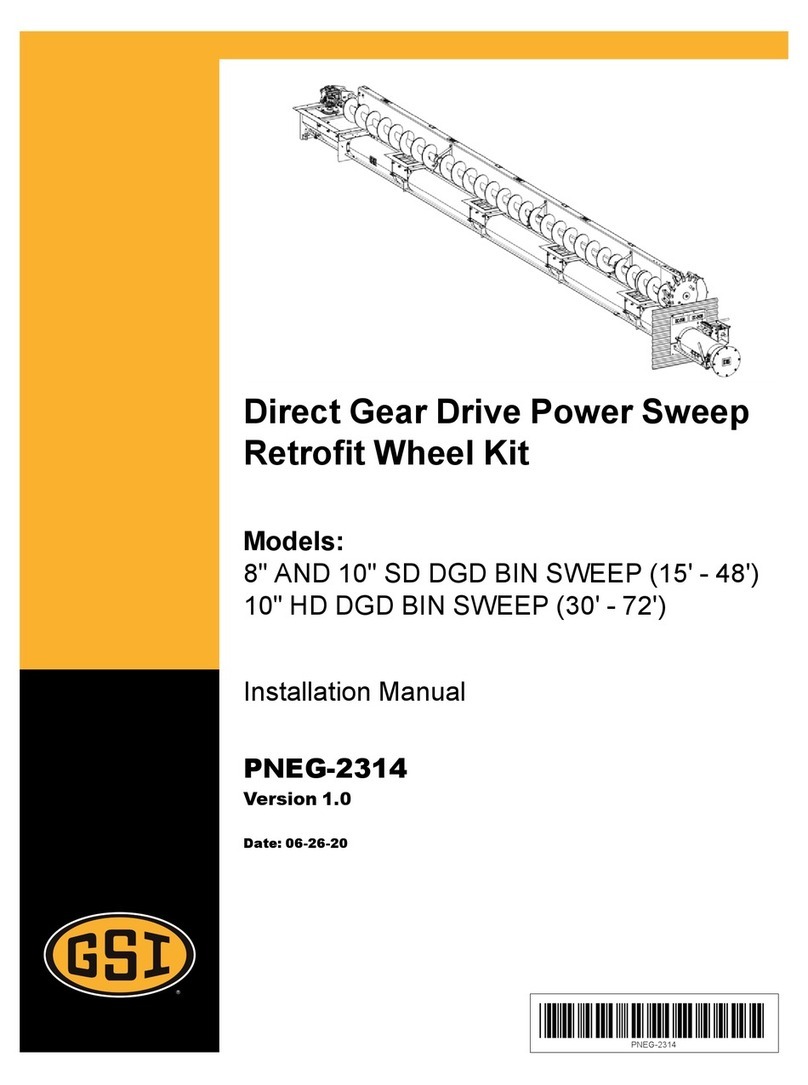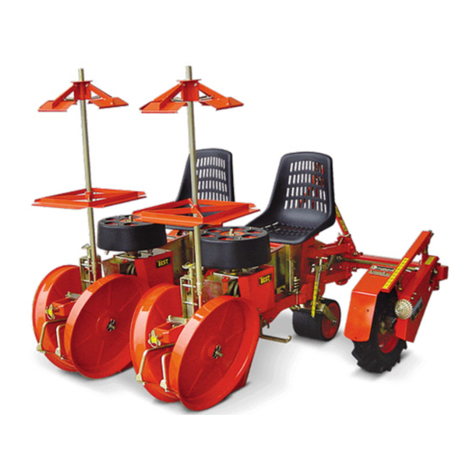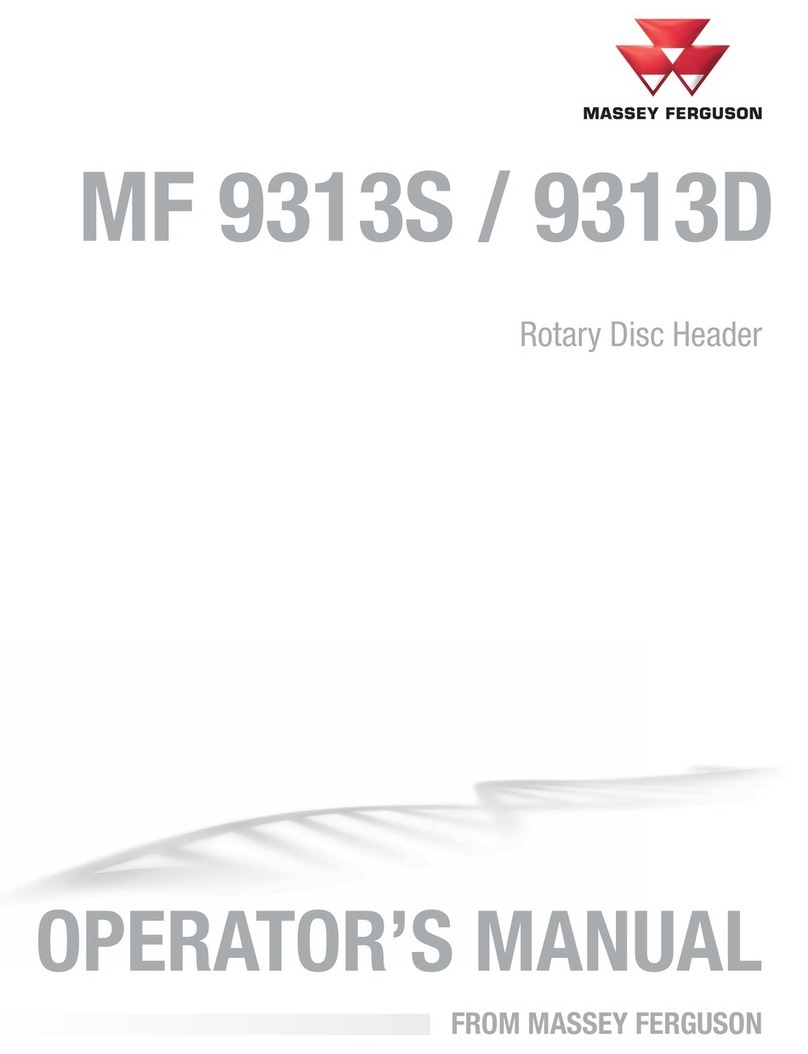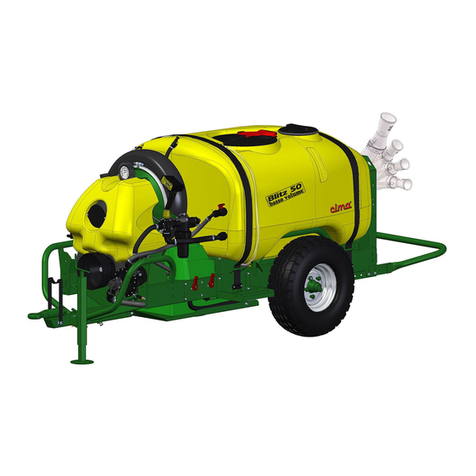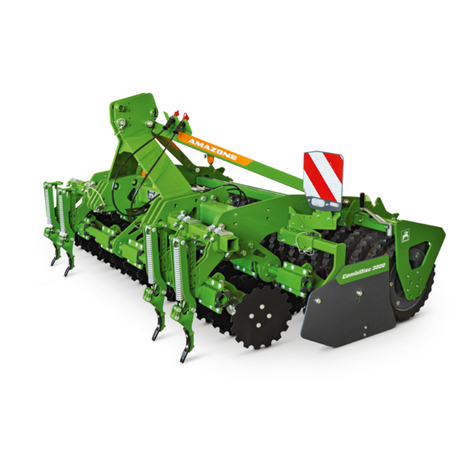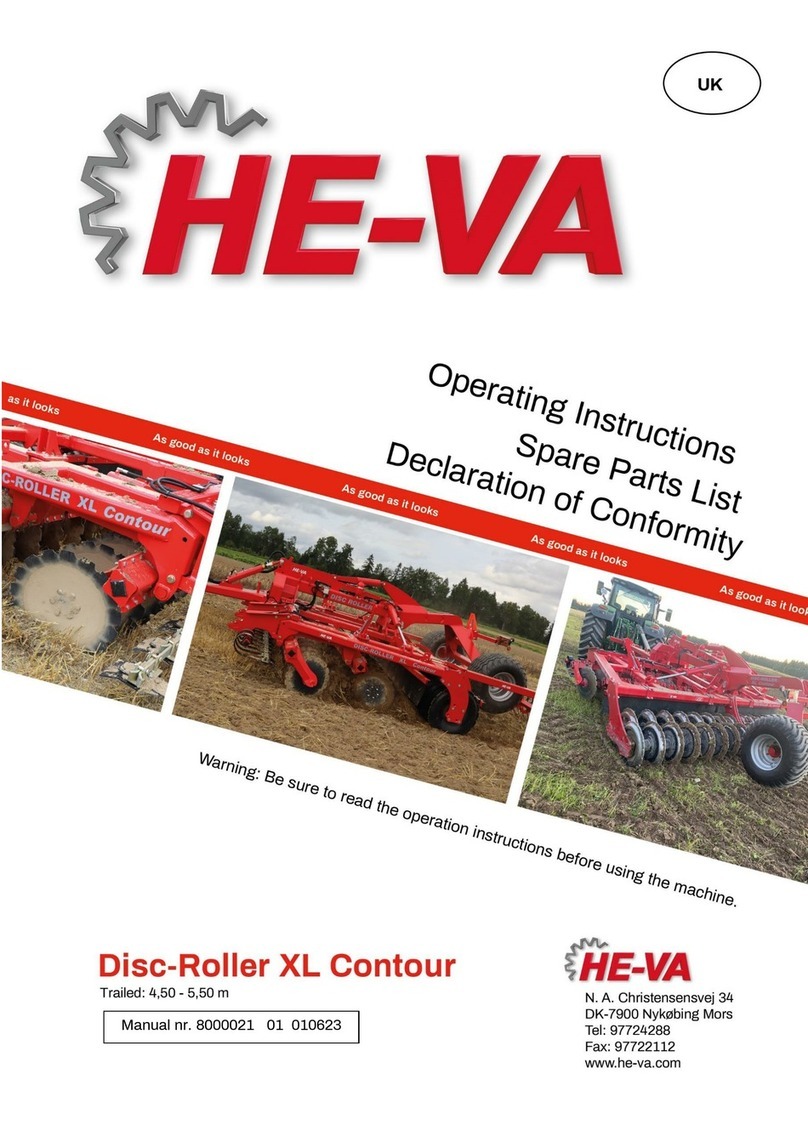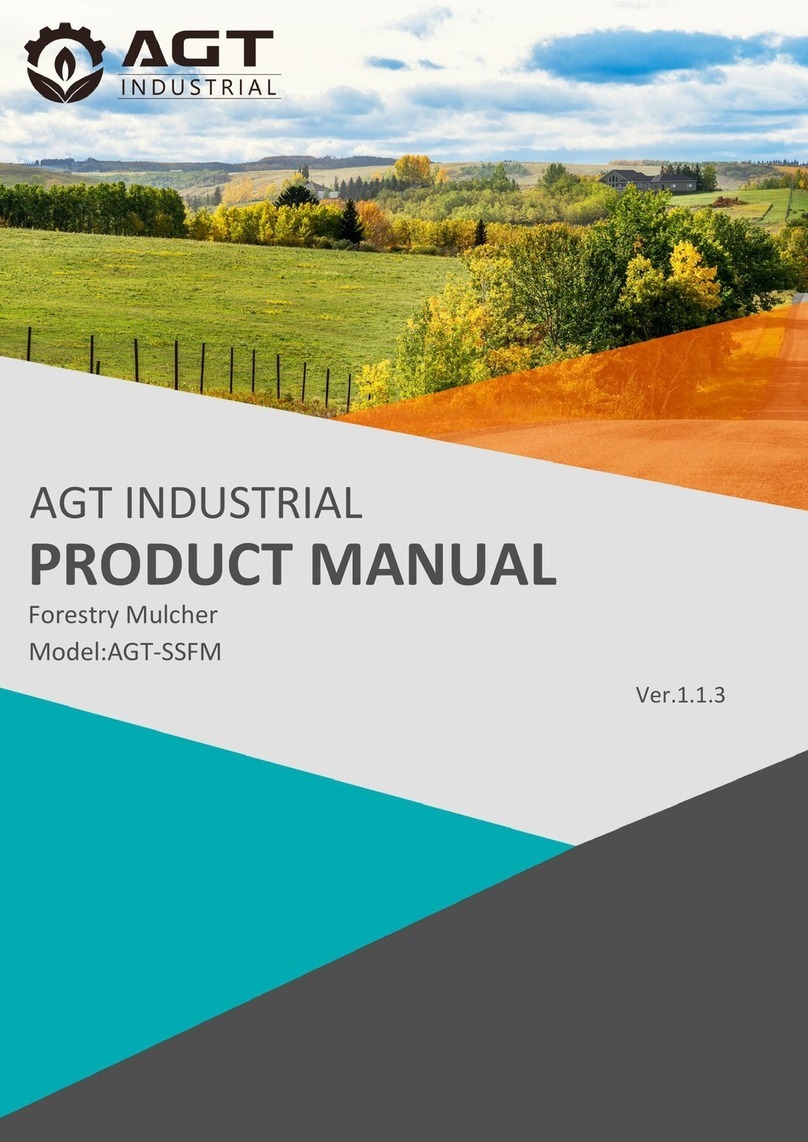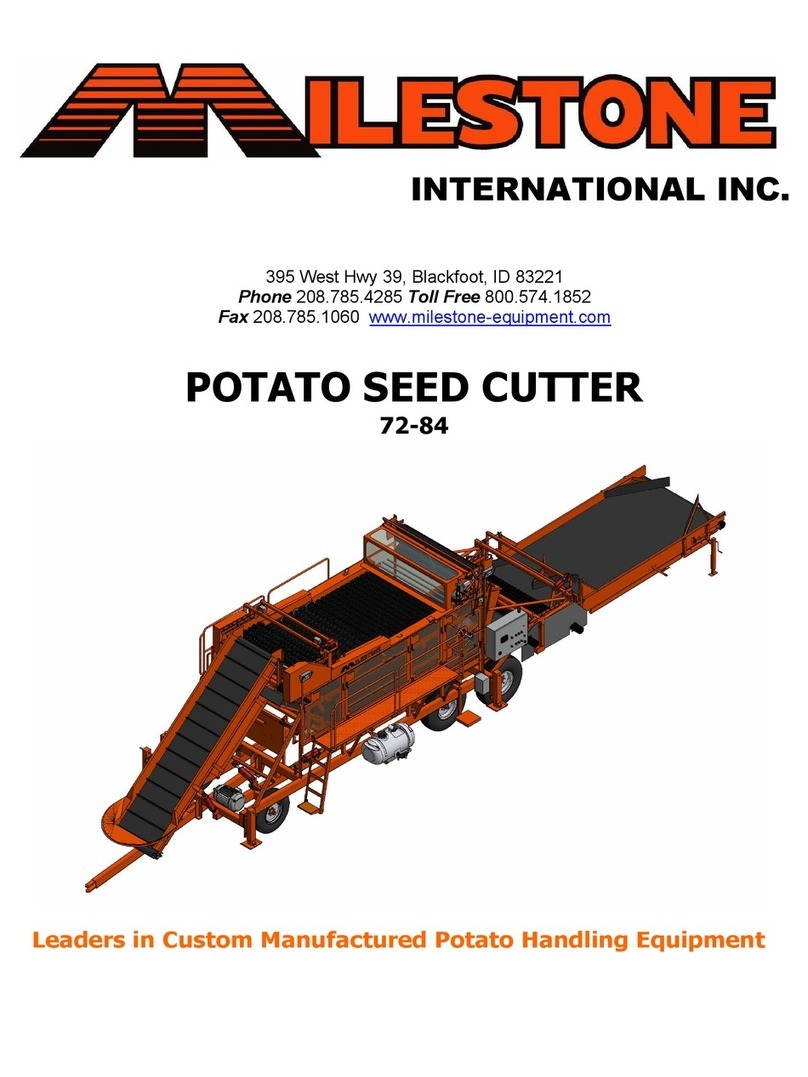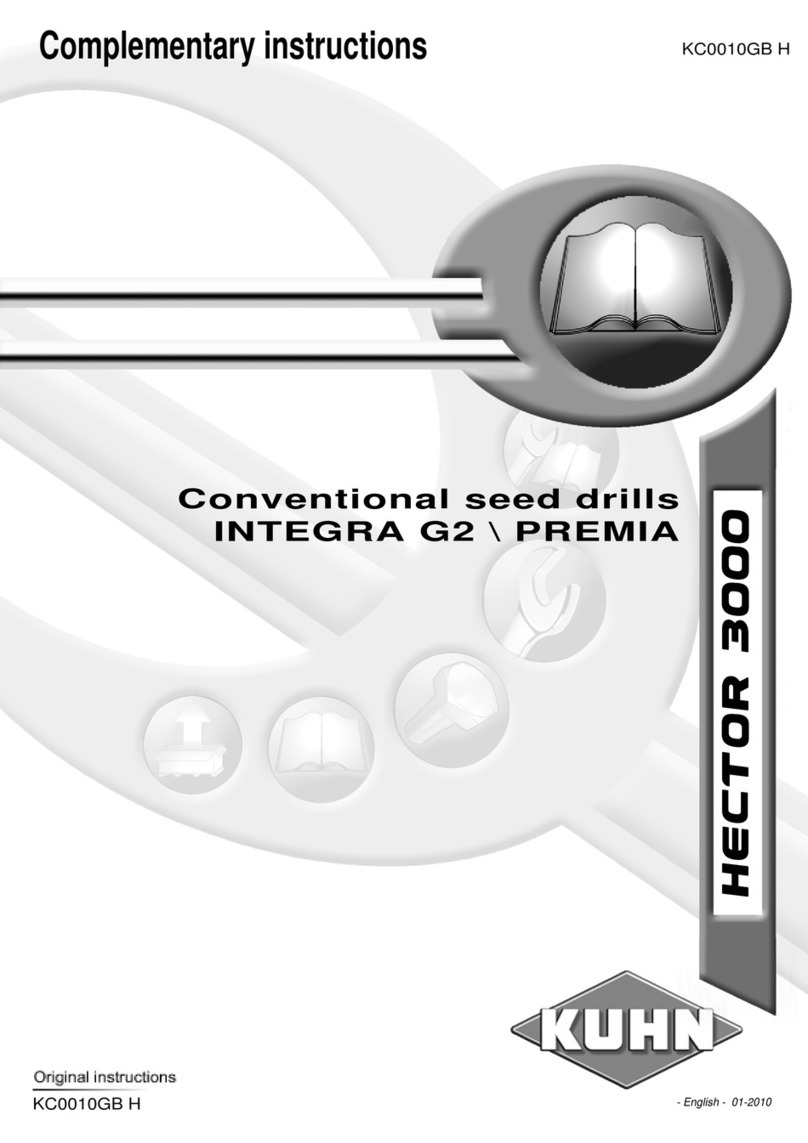“Only the English version of this manual can be used as a reference.”
INTRODUCTION
Forword to the user
Read this manual before any use of your mower, only the herein instructions shall help you to achieve an
efficient and safe work.
A safe use will only result from the manner you will use the machine in accordance with the restrictions
described in this manual. Thus, you must know and follow all the safety measures in this manual and
those relating to the use of your mower.
The mower that you have just bought has been designed and manufactured for your entire satisfaction.
As any other mechanical machine, it requires a proper maintenance and must be kept clean. Grease the
machine like indicated. Follow the rules and safety indications as described in this manual and as showed
on the preventive instruction stickers.
About maintenance, always mind that your OREC dealer has the skills, the genuine parts and the
necessary tools to solve the possible problems.
Use only the OREC original parts : “ non genuine ” parts will not assure you of a correct and safe working
and are likely to make the guarantee null and void. Write the name and the serial number of your
machine hereunder :
MODEL :.......................................................................................
SERIAL NUMBER (refer to the pictures herein) :.........................
Always mention these informations to your dealer in order to obtain the right parts.
Concerned about constant progress, OREC keeps the right to modify the machines without being
compelled to modify those already sold.
The illustrations and characteristics in this manual might lightely differ from your machine because of the
constant improvements made by our production department.
In this manual, the left and the right hand or the rear and the front position are determined according to
the mower handlebar.
All along this manual the word IMPORTANT is used to indicate that a fault might cause damage to the
machine. The words WARNING, CAUTION and DANGER are used with the “ safety/warning ” pictogram
(triangle with an exclamation mark) in order to indicate a hazard for your safety.
This symbol indicates that you must be very attentive because your safety is at stake. It reminds that you
must follow the safety instructions and pay attention to hazardous operations that might cause injuries.
WARNING
Reminds the safety rules that might cause injury if they are not respected
CAUTION
Remembers to pay attention to a real danger that is likely to cause injury or even death if no proper
precaution is taken.
DANGER
Indicates a major hazard that is most likely to cause irremediable injury or death if the right precautions
are not taken.
